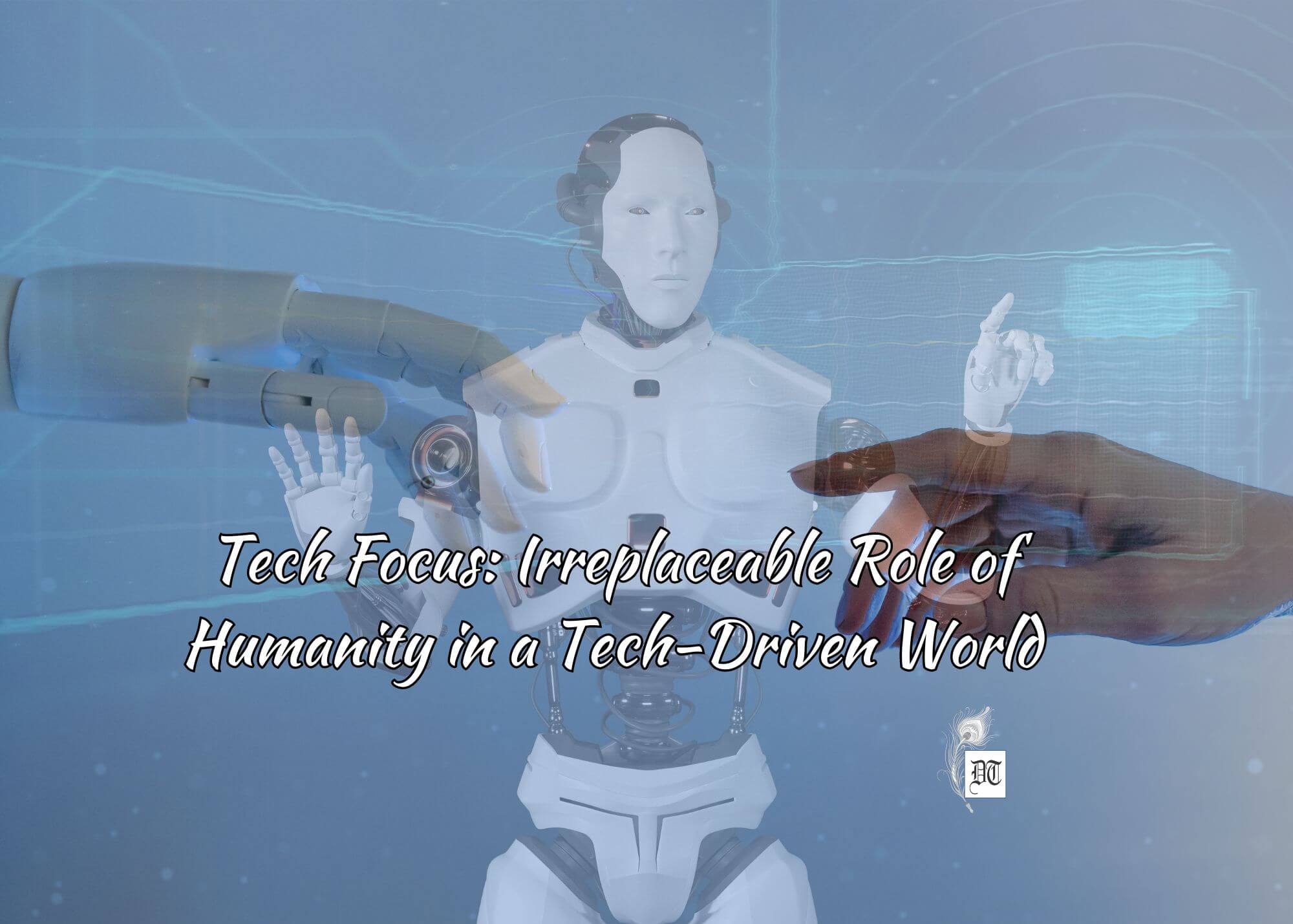Telomeres are the aglets of human cells. Like the plastic tips at the end of shoelaces, these are sheaths or caps at the end of each strand of the DNA; they facilitate cell division and prevent our chromosomes from fraying or fusing into each other, so that our genetic data is protected from getting jumbled. Here’s Shernaz’s in-depth analysis on the subject, in the weekly column, exclusively in Different Truths.
The name telomere is a derivative of Greek ‘telos’ – end; and ‘meros’ – part, ‘end part’.
Telomeres are the aglets of human cells. Like the plastic tips at the end of shoelaces, these are sheaths or caps at the end of each strand of the DNA; they facilitate cell division and prevent our chromosomes from fraying or fusing into each other so that our genetic data is protected from getting jumbled. Chromosomes are packages of the entire genetic information parents pass down to their children. This information is just a series of bases called Adenine (A), Guanine (G), Cytosine (C), and Thymine (T).
These base pairs create the sequences needed to form our bodies. In order to grow and age, our bodies duplicate their cells through the process called mitosis. This process allows a cell called the ‘parent’ to divide into two cells known as ‘daughter cells’. The genetic material is handed down equally to the daughter cells and it is here that telomeres make sure that the information is passed correctly.
Each time our cells stock up by copying themselves, they shorten the telomeres, even though the DNA stays undamaged. But eventually, the telomeres become too short taking the chromosome to a ‘critical length’ where it is no longer able to function properly. This affects our cells which grow old or die; thus, telomere length becomes a biomarker of aging.
Molecular biologist Elizabeth Blackburn (Nobel list- 2009) and health psychologist Elissa Epel, who studies stress and aging, have co-authored the book, The Telomere Effect. They claim that negative thoughts harm health at the DNA level. Recent studies indicate that various lifestyle factors, social relationships, and environments can also affect the genes. “Even though you are born with a particular set of genes, the way you live can influence how they express themselves.” Stress, negativity, smoking, lack of exercise, poor diet, suppression of thoughts and feelings are all associated with shorter telomeres leading to a faster pace of aging and the start of age-related diseases. They also add that aging “could possibly be accelerated or slowed — and in some aspects, even reversed.”
‘Telomerase’ is an enzyme made of protein and RNA subunits that elongate chromosomes. It is responsible for maintenance of the length of telomeres which it does by an addition of guanine-rich repetitive sequences. Telomerase activity is exhibited in foetal tissue, adult germ cells, and tumour cells.  This activity is almost undetectable in body cells. As body cells do not use telomerase they age. According to one theory, telomerase activation in a cell can make it ‘immortal’, meaning it can continue to grow and replicate. This sounds exciting because research into this is pregnant with discoveries into the problem of aging or senescence of the cells. Scientists could be on the verge of almost unlocking immortality of the human body. We can at least hope that the process of aging could be slowed down or even reversed.
This activity is almost undetectable in body cells. As body cells do not use telomerase they age. According to one theory, telomerase activation in a cell can make it ‘immortal’, meaning it can continue to grow and replicate. This sounds exciting because research into this is pregnant with discoveries into the problem of aging or senescence of the cells. Scientists could be on the verge of almost unlocking immortality of the human body. We can at least hope that the process of aging could be slowed down or even reversed.
Another important area of this ‘immortal cell’ theory research is cancer. The enzyme, also known as telomereterminal transferase has been spotted in human cancer cells and is ten to twenty times more active than in normal body cells endowing many types of tumours with a selective growth advantage. Telomeres in cancer cells would shorten, just like they do in normal body cells if telomerase activity in these cells could be turned off. This would thwart the cancer cells from multiplying crazily in their initial stages of growth. Basically, interference with the function of telomerase would do the opposite of what could happen in healthy body cells — the downsizing of cancer cells from “immortal” to “mortal”.
Who knows where research into this could lead in the future? It is thrilling to imagine that unearthing the secrets of telomerase could direct us to priceless knowledge in the fight against aging, in battling cancer, and even in improving the quality of medical treatment in various other areas. The possibilities could be endless.
Until science actualises these revolutionary possibilities here’s what we can do. Something our grandmothers and theirs before them has told us. A small pilot study has shown that positive life changes which involve following grandma’s advice may result in longer telomeres. Dean Ornish, MD, UCSF clinical professor of medicine, founder, and president of the Preventive Medicine Research Institute says “Our genes, and our telomeres, are not necessarily our fate.” Our attitude and lifestyle could well influence them in our favour.
- a) Eat healthy. We should follow a diet high in fruits, vegetables and unrefined grains, and low in fat and refined carbohydrates.
b) Exercise. Moderate daily exercise like walking or cycling can create wonders.
…now researchers have found that exercise can help keep DNA healthy and young. In a small study published in the journal Science Advances, Anabelle Decottignies, from the de Duve Institute at the Catholic University of Louvain in Brussels, and her colleagues found that just moderate-intensity physical activity helps hold back cell aging. The researchers found that a compound called nuclear respiratory factor 1 (NRF1) regulates the production of a factor that in turn controls the shortening of the telomeres. Exercise boosts levels of NRF1, which protects the telomeres from being snipped away. “Think about NRF1 like varnish on nails,” says Decottignies. “You cannot change the nail, but you can change the varnish again and again. What you’re doing is refreshing and replacing the old section with new protective molecules at the telomeres.” http://time.com/4426572/exercise-dna-telomeres/
- c) Engage with the community or society. Have a social support system and be an active part of one. Be supportive, understanding, accepting and ready to help others, at the same time, not shying away from asking for assistance when needed. These then are the ABC of good health and longevity to counter the effects of today’s stress-filled lives.
Yoga and meditation come out winners once again. It is confirmed that yoga and meditation have psychological, emotional and physical benefits for people at every stage of health. Even cancer patients are known to have profited from a well regimented and prolonged practice. A controlled study done in 2015 on breast cancer patients, has shown that survivors in the yoga and meditation group had maintained the length of telomeres whereas another group that participated in a stress management seminar had shorter telomeres than when they had started out. The Buddhist Loving Kindness Meditation, which focuses on the health, happiness, and well-being of all, appears to have a great advantage for its practitioners. So, without going off at a tangent, this is again what my grandmother definitely taught us. Not the meditation but to pray daily, sincerely, for the well-being of the whole world and the universe and only after that for ourselves.
It is clear that good health and longevity were always within our reach. Succumbing to modern day pressures, lack of willpower and discipline is what keeps us from realising them. Let us then stop blaming it all on our genes and do what we can to lengthen our telomeres rather than shorten them.
©Shernaz Wadia
Photos from the internet.
#Telomeres #DNA #Chromosomes #Aging #ReduceAging #Exercice #HealthyEating #HealthyLifestyle #DifferentTruths








